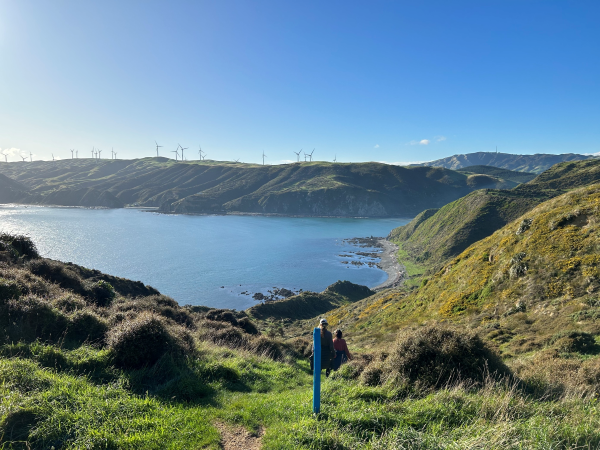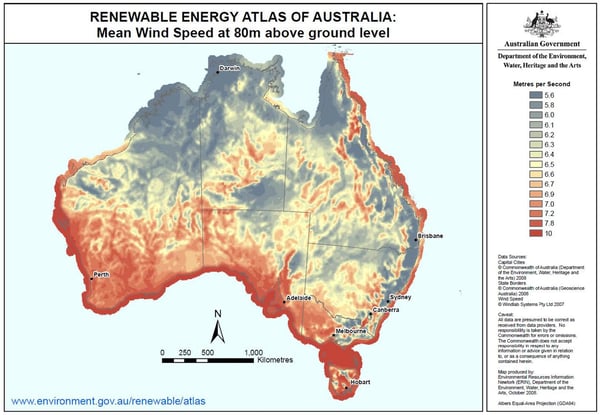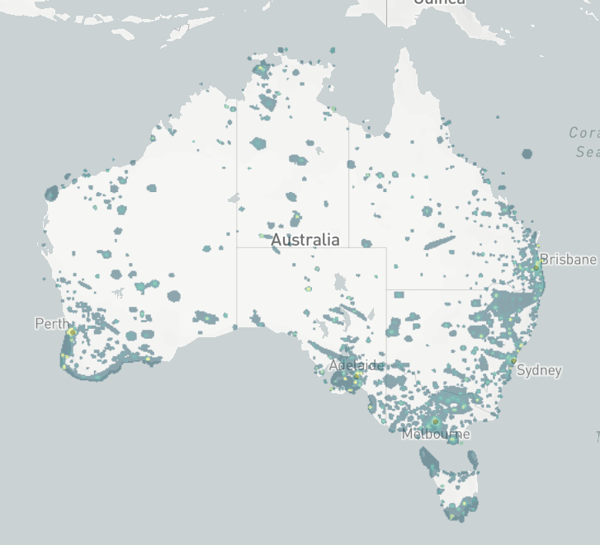The 15 June marks Global Wind Day, an international event that was originally established in 2007 and made global in 2009, that raises awareness of the importance of wind energy, as we head towards cleaner and renewable sources of energy.
On this day each year, a variety of events are hosted by wind energy companies and organisations across the globe, including visits to wind farms, parades, educational seminars and wind turbine demonstrations to promote wind energy as a resource.
Wind energy certainly has its drawcards, with it being one of the most cost-effective sources of energy as well as having an unlimited supply, all while reducing our reliance on fossil fuels.
West Wind Wind Farm – Makara, Wellington New Zealand
Using wind as energy is nothing new, with the Egyptians using wind power to propel boats on the Nile River as early as 5000BC, and the Chinese inventing wind-powered water pumps in 200BC. In the Middle Ages, windmills were popular in countries such as Iraq, Afghanistan and Pakistan, before being brought to the USA in the late 1800s and early 1900s.
In Australia, there are a variety of established wind farms already. Wind maps showing mean wind speed around the country have been an important tool in choosing locations for these wind farms. Apart from many coastal parts of the country which are naturally more windy than inland areas, inland parts of Western Australia, South Australia and western Victoria are also considered favourable, as well as higher exposed parts of the Great Dividing Range in south-eastern Australia.
 Mean Wind Speed at 80m above ground level. Source: Environmental Resources Information Network and Department of the Environment
Mean Wind Speed at 80m above ground level. Source: Environmental Resources Information Network and Department of the Environment
Typically, locations high on mountains, on the edge of bodies of water or in large open fields are chosen, before wind measurements are taken at a chosen site for a year or more and then compared to long term measurements (i.e. weather balloons, weather stations and satellites) which is then fed into computer models to verify how suitable a site is.
Early Warning Network’s Climatics tool can help wind farm operators, both current and prospective, identify areas where wind speeds regularly exceed specific wind thresholds. The tool can also create maps of annual frequency of strong wind events.
 Image: Climatics Reporting showing the location of wind events over 90km/ph from 2013 to 2023
Image: Climatics Reporting showing the location of wind events over 90km/ph from 2013 to 2023